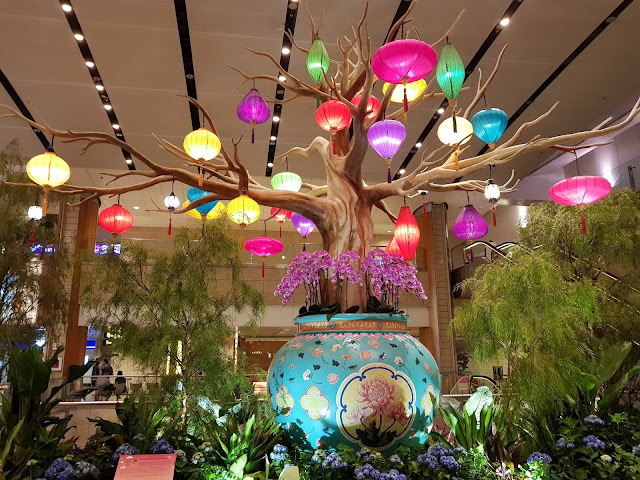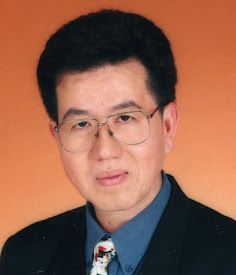Counselling involves two parties, that is the caregiver and the client(s) who have agreed to engage in a therapeutic relationship according to some agreed terms and conditions. Technically, the caregiver is known as the counsellor and his client the counsellee. The relationship between both must be seen and felt to be therapeutic throughout the whole process of counselling in order for it to be fruitful.
For this to happen, several factors and conditions must prevail. Confidentiality is paramount before trust prevails. The counsellor must ensure the client that what ever transpired during the process shall not be revealed to another party unless with the approval of the client or by requirement of the legal authorities. The counselling must also be carried out at a place and under conditions where the client feels safe and assured of his or her want of confidentiality. The relationship between counsellor and counsellee must be seen and perceived to be equal, balanced and non-threatening. This entails proper settings. and choosing of fixtures and furniture. So is the sitting arrangement and level of eye contact. A new secular counsellor once learned much to her horror, from her supervisor that her Indian client had complained of her authoritative way of talking to him in the presence of his wife. Her good intention of letting the couple sit on the more comfortable sofa set whilst she settled for the swivel chair was perceived differently by the client as he was reminded of his school days when the principal would take to the swivel chair when talking to him in the office!
At the individual level, the client must be willing to open up and share with the counsellor all details of the situation/crisis and/or problem(s). Co-operation with the counsellor must be forthcoming in order for the process to move on and progress through to its fruitful conclusion. The client should attempt all efforts or preparation suggested by the counsellor even though the intended benefits and/or outcome might not be obvious from the outset. The client must not withhold or attempt to obscure any information in order for the counsellor to gain an insight, and a right one at that, into the client’s situation and/or problem.
As for the counsellor, he or she must be adequately and effectively trained; and adequately supervised by a more experienced superior. Key attributes include an ability to live out God’s word, especially the ability to love one another, patience, keen listening ability, focusing, empathy and analytical ability. Notwithstanding, self-awareness is of the utmost importance in ensuring that the counsellor’s independence of thought and mind is not compromised by the client’s background, situation and/or problem.
Contrary to secular counselling, a counsellor involved in religious counselling has the additional spirituality dimension to be mindful of. The Bible is the focal point of reference, and provides the backdrop of precepts, obligations, benchmarks, and standards of expectation of all abiding and obedient disciples of God. To this, all religious counsellors have to be adequately knowledgeable of God’s teachings, and be prepared to lead a more prayerful life. In building a more intimate relationship with the Lord, one is more likely to be able to discern God’s word and messages according to the guidance of the Holy Spirit.
For this to happen, several factors and conditions must prevail. Confidentiality is paramount before trust prevails. The counsellor must ensure the client that what ever transpired during the process shall not be revealed to another party unless with the approval of the client or by requirement of the legal authorities. The counselling must also be carried out at a place and under conditions where the client feels safe and assured of his or her want of confidentiality. The relationship between counsellor and counsellee must be seen and perceived to be equal, balanced and non-threatening. This entails proper settings. and choosing of fixtures and furniture. So is the sitting arrangement and level of eye contact. A new secular counsellor once learned much to her horror, from her supervisor that her Indian client had complained of her authoritative way of talking to him in the presence of his wife. Her good intention of letting the couple sit on the more comfortable sofa set whilst she settled for the swivel chair was perceived differently by the client as he was reminded of his school days when the principal would take to the swivel chair when talking to him in the office!
At the individual level, the client must be willing to open up and share with the counsellor all details of the situation/crisis and/or problem(s). Co-operation with the counsellor must be forthcoming in order for the process to move on and progress through to its fruitful conclusion. The client should attempt all efforts or preparation suggested by the counsellor even though the intended benefits and/or outcome might not be obvious from the outset. The client must not withhold or attempt to obscure any information in order for the counsellor to gain an insight, and a right one at that, into the client’s situation and/or problem.
As for the counsellor, he or she must be adequately and effectively trained; and adequately supervised by a more experienced superior. Key attributes include an ability to live out God’s word, especially the ability to love one another, patience, keen listening ability, focusing, empathy and analytical ability. Notwithstanding, self-awareness is of the utmost importance in ensuring that the counsellor’s independence of thought and mind is not compromised by the client’s background, situation and/or problem.
Contrary to secular counselling, a counsellor involved in religious counselling has the additional spirituality dimension to be mindful of. The Bible is the focal point of reference, and provides the backdrop of precepts, obligations, benchmarks, and standards of expectation of all abiding and obedient disciples of God. To this, all religious counsellors have to be adequately knowledgeable of God’s teachings, and be prepared to lead a more prayerful life. In building a more intimate relationship with the Lord, one is more likely to be able to discern God’s word and messages according to the guidance of the Holy Spirit.



















